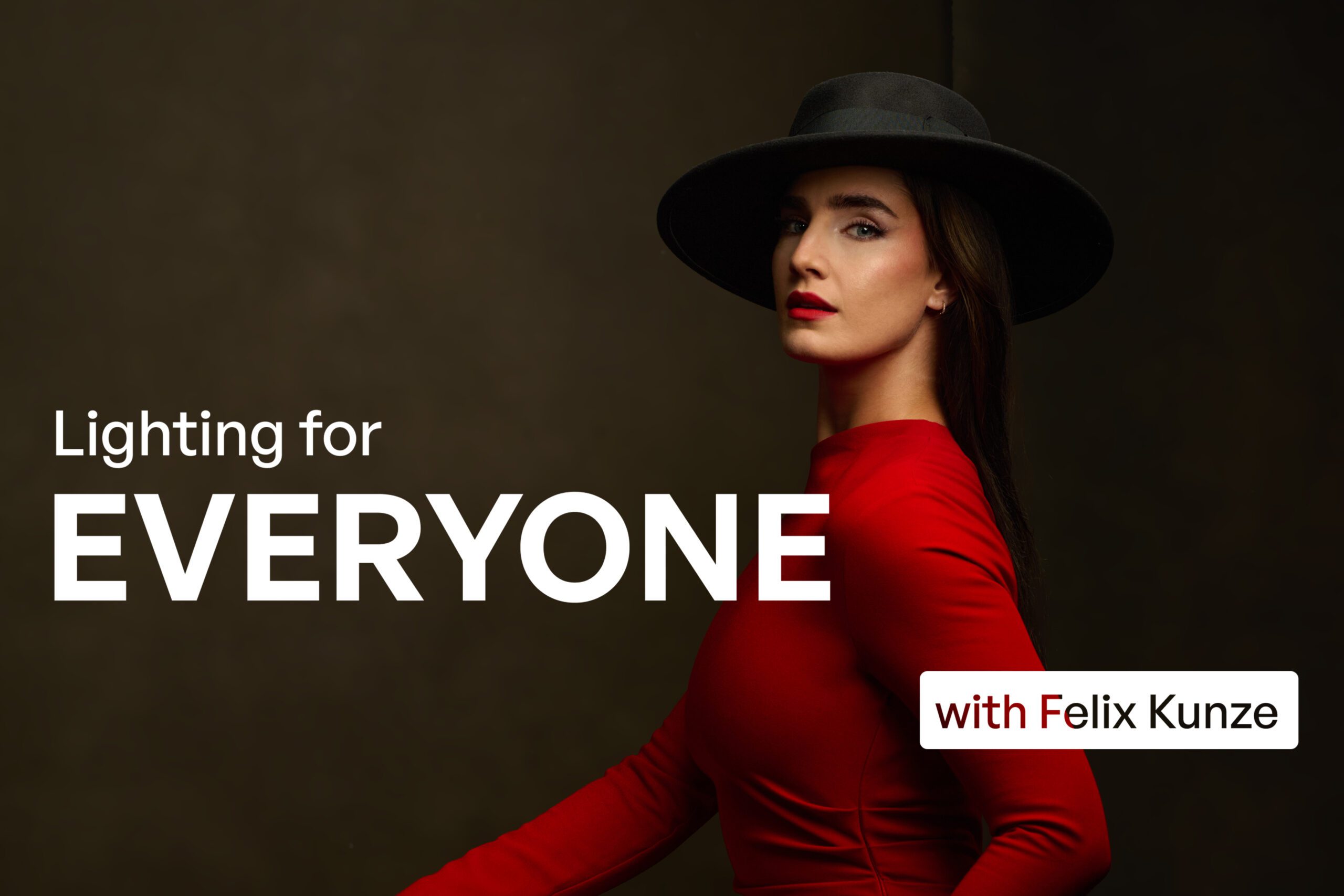Tips + Techniques
Photo Composites: From Concept to Final Image
June 11, 2021
I’ve always envied people who can construct epic photo composites and create other-worldly scenes in their images, but I’ve never had the time or energy to try that kind of photography. And to put all my cards on the table, while I’ve helped teach people Photoshop for over a decade, I typically focused on skin, and portraits. But composites absolutely petrified me and I was scared of failing miserably.
[Read: How I Got the Shot: Award-Winning Portraits]
When the pandemic hit, I had more time to experiment with doing photo composites and had the idea to create a composite with my kids for each letter in the Alphabet. I used my daughter as my subject in the composite “U is for Umbrella.”

If you have the time to create even one image like this, you’ll need just a few quick tips that can significantly simplify the process:
Photo Composites Tip 1: Imagine and draft up the idea before the shoot.
I cannot stress enough how important this is. You have to have an idea in your head before you shoot all the elements. Having the draft in your brain allows you to know exactly what you need to capture.
[Read: 10 Questions for Photo Retoucher Kristina Sherk]
Below is the drawing on my chalkboard wall at home where I explained what I needed to capture to my assistant (aka my husband…aka child floating facilitator).

Photo Composites Tip 2: Consistency is Key.
Keep the camera in the same spot. Shoot all the elements from the same angle so the perspective is cohesive. Additionally, try to keep the lighting the same through the different frames. The before image (below) shows how we anticipated where the light would be shining on my daughter from the illuminated cloud. To do this, we used the Stella Pro CLx10.

Tip 3: Shoot all the elements individually.
I captured different items on their own to piece together later. I picked out three frames from my BTS video [on Instagram] that shows me capturing my daughter’s torso, and then her dress flowing, and then her legs floating.



As you can see, a lot of work went into getting “U is for Umbrella” to the final image, which actually required 8 different elements from unique shots to piece together:
- Head, body, camera left leg, camera right arm.
- Camera right leg.
- Camera left arm.
- Umbrella (courtesy of Adobe Stock).
- Cloud image (courtesy of Adobe Stock) and custom cloud brush.
- Dark cloudy sky.
- Foreground field.
- Foreground wheat stalks.

Tip 4: Use stock and Photoshop custom brushes to simplify your image creation.
The last tip I have is when things don’t go according to plan, don’t be afraid to use stock images. If you watch my BTS video, you will see I tried my best to capture my own cloud and umbrella using a smoke bomb pointed into the underside of the umbrella, that failed miserably since it was extremely windy and all the smoke was carried away by the wind almost immediately. So, I used an umbrella and a cloud image I found on Adobe Stock to recreate what I saw in my mind and bring the idea to life. I finished off the cloud by using some free, downloadable cloud custom brushes for Photoshop, and also created the foreground wheat stalks using different custom brushes. Custom brushes can be a huge lifesaver and I have tons of them available on SharkPixel.com that I’ve personally made specifically to speed up portrait retouching. But for this, I used free ones I found online.
[Read: How to Turn Personal Photo Projects Into Paid Work]
In my life I always try to look on the bright side of unfortunate events. I’m trying to do that with the lost year. Yes, the pandemic took massive amounts away from us, but it also gave us things. Things we would never have been able to do if it wasn’t for the ability to take a break from our fast paced life, breathe, re-center and actually create the things that exhilarate and energize our creative souls.
For more BTS videos and images, follow me on Instagram: @Shark_pixel
You can hear and see more great tips and techniques from Kristina at WPPI this August at The Mirage in Las Vegas. On August 18, 2021, from 8:30 a.m. to 10:00 a.m., she will be conducting a Beauty Retouching Master Class. She will also be doing a Photo Walk titled, Fabulous Headshots Anytime Anywhere, on August 17 at 2 p.m.
For the past 10 years, Kristina Sherk has been a high-end photo retoucher based out of Washington, D.C. She specializes in realistic retouching and has done work for many clients such as Time Inc., Hasselblad, Merz Aesthetic, and Cotton Incorporated. She loves “translating Photoshop” for people and is also a contributing author for educational publications like Photoshop User Magazine and Lightroom Magazine. She is also the author behind three, newly released KelbyOne classes and Photoshop Café’s Fashion Retouching DVD. Check out her store for free Lightroom presets and Photoshop actions.




